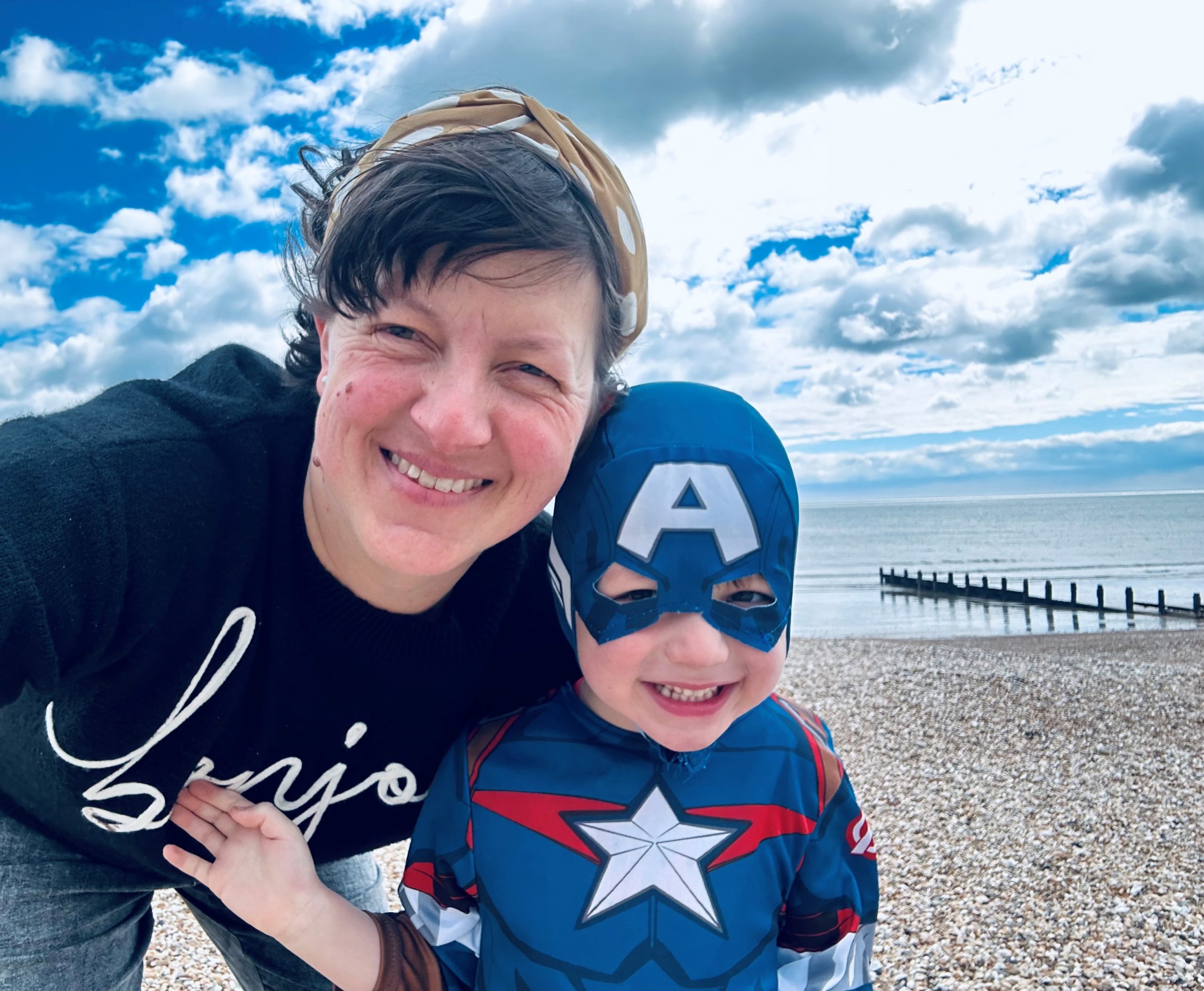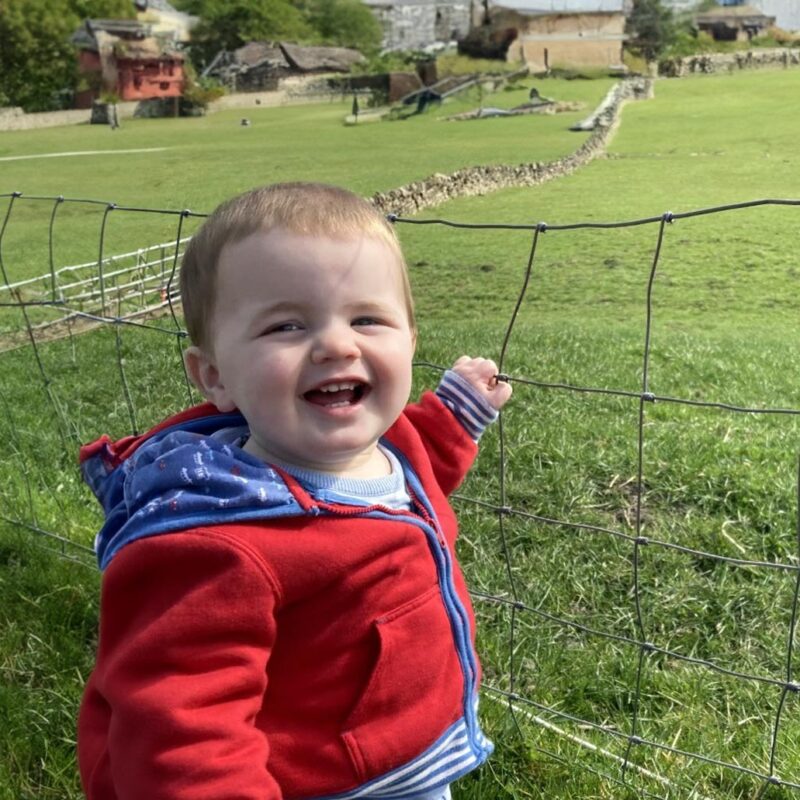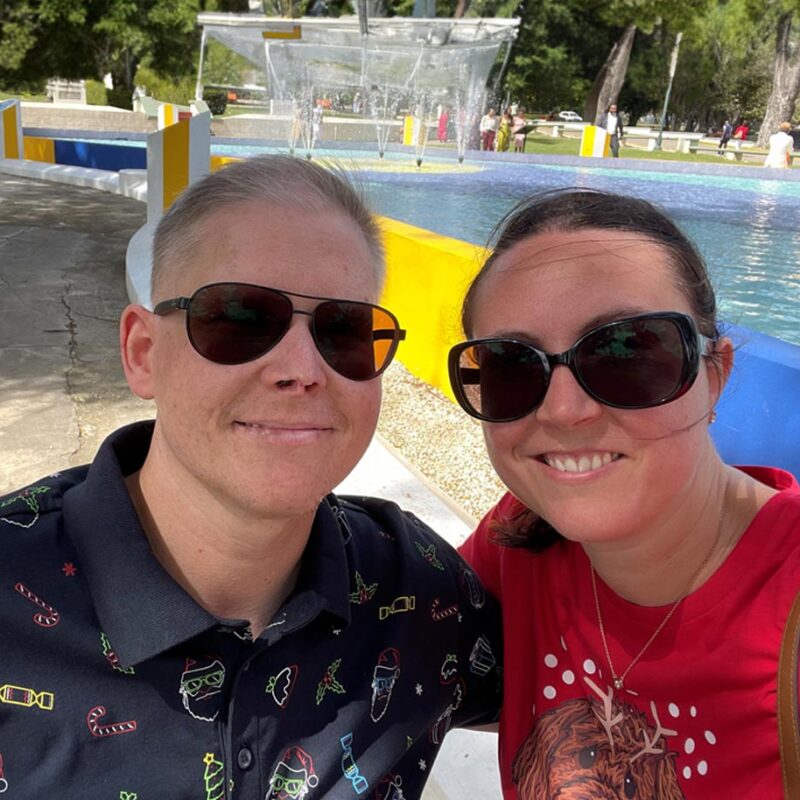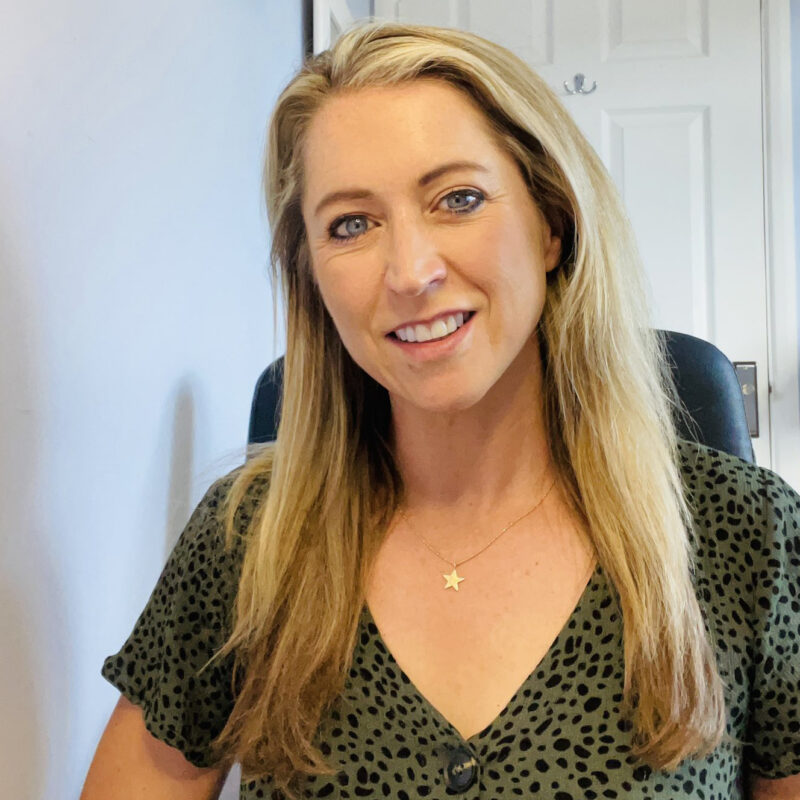Lauren Abraham never expected to be going into hospital on the morning of December 25th feeling like she was going to die, separated from her little boy who had to spend Christmas Day without her.
She is sharing her sepsis story to help raise awareness of the traumatic after effects of this life-threatening condition, and to encourage those presenting with sepsis symptoms to self-advocate and trust their instincts.
After helping out with her son’s end of term Christmas party, Lauren noticed a strange feeling in her throat, but didn’t think much of it. From that day on, Lauren started suffering more severely from a whole host of symptoms: “From then on I went downhill quite quickly, at that point I just still thought it was flu symptoms… my body was just really run down.”
More than just a sore throat, Lauren experienced other, more debilitating symptoms: “My temperature was close to 40 [degrees Celsius], I wasn’t eating at all”. It was at this point that Lauren instinctively called 999: “The ambulance first came out on Christmas Eve and two paramedics came in… at that point I could hardly talk.”
However, after checking her over, the paramedics agreed with Lauren’s initial self-assessment: “They left me that Christmas Eve and said it was just flu—like I thought it was—and I needed to just keep on having fluids and rest.” In the early hours of Christmas Day however, Lauren’s condition became critical:
“Around 5:30am on Christmas Day, I woke up and said to my Mum: ‘I feel like I’m dying’… and I had never ever felt that way.”
After calling for another ambulance, two different paramedics arrived: “They were actually ready to dismiss it as flu once again and my mum said to them ‘how does my daughter know she doesn’t have pneumonia?’ And it was only after asking that they then said ‘okay we’ll take her into A&E’.” A high temperature, loss of appetite, soreness, and a feeling that you are going to die can all be symptoms of sepsis. However, neither Lauren nor her mother were aware of this at the time; it was only the instinctive call to read into her symptoms and self-advocate that got Lauren to the hospital just in the nick of time, otherwise, the result could have been fatal.
Lauren could not remember her journey into A&E. Upon arriving, she was diagnosed with Group A streptococcus and double pneumonia, and was told that these had also developed into sepsis. After being taken to the Intensive Care Unit, Lauren recalls the horrible ordeal of the treatment she underwent: “They had to drain over two litres of fluid off my lungs… and was told that in that period I deteriorated very quickly, I had to be placed in an induced coma.”
Hospital staff feared the worst for Lauren, believing that she was ‘the one to watch’ in the ICU, telling her parents that they couldn’t guarantee anything because of the severity of her condition. Lauren spent the next eight days in an induced coma and a further two weeks in the ICU whilst her body fought off the illnesses: “I was in the ICU for three weeks… I was really thankful for the people around me and how they were with my family and especially my little boy… that was also part of the reason that made me fight: to get out of hospital to get back to my boy.”
Thankfully, Lauren was able to make a gradual recovery. However, had she and her mother not taken action when they did, Lauren was made acutely and painfully aware that she could have died in her home that Christmas Day. Consequently, Lauren wanted to share her sepsis story to spread awareness of the signs of this dreadful condition, and to encourage those presenting with sepsis symptoms to self-advocate if they feel something isn’t right:
“Just trust in your body. I didn’t really have any knowledge of the symptoms [of sepsis]. I didn’t know that until I was sick. The fact that I was told on Christmas Eve ‘it’s just flu’ and then to be in an induced coma just 24 hours later is just very worrying.”
Unfortunately for Lauren, hospital discharge did not bring an end to her sepsis experience. Like many sepsis survivors, she was keen to stress just how challenging the road to recovery was following her discharge: “The real hard work began once I was actually home and realised how much my life had changed. Little by little I started getting stronger. In the beginning [of the recovery] I was too weak to even hold a book to read, my concentration was gone, I struggled with sleeping.”
Lauren observed that these after effects are still with her today; around 40% of people who develop sepsis are estimated to suffer physical, cognitive, and/or psychological after effects. For most people, these effects will only last a few weeks, but others can face a longer road to recovery. Lauren is unfortunately included in this percentile:
“A lot of those things are actually still around. I still have quite severe brain fog. I still struggle to concentrate a lot of days. Some days I’m able to read and other days I’m not able to read.”
These after effects can sometimes develop into a condition known as post-sepsis syndrome. Upon telling her sepsis story, Lauren highlighted why sepsis can be an especially traumatic condition to make a recovery from: “If you’ve been through trauma, it sometimes takes place away from your home. Your home is still your safe place. But because I was the sickest I’d been in my life in my home, it’s really very scary to think that I was literally hours away from dying in my own home.”
Lauren was therefore keen to stress to other sepsis survivors the need to seek psychological support during their recovery, and to be transparent about how they are feeling: “I also saw a psychologist while I was in the hospital because I was having some hallucinations at one point in the ICU. So that’s something I would say to people: that if you are in recovery just tell them however you are feeling, don’t think ‘I don’t want to tell them’, because the quicker you can get help, the better.”
Lauren also felt reassured when she learned that she wasn’t the only one to experience such after effects: “As I found with a lot of the sepsis recovery, once I’ve told people, they’ve said: ‘actually that’s one of the more common fallouts, that’s very common for people to have’.” Lauren observed that the wide range of support services offered by the UKST helped her massively in her recovery: “I joined a Facebook support group which I found very helpful in my recovery. I read loads of stories on the website. It was really helpful for me to read that. I’ve also spoken to the Sepsis Trust nurses, I’ve spoken to Emma, and she was fantastic.”
When offering some final advice for fellow sepsis survivors upon returning home, Lauren stated: “You just need to do what’s right for you and your family, and just take one day at a time. It doesn’t matter what anybody else thinks because they don’t know what you’ve experienced. No matter how dark or hopeless it might feel, keep going no matter how slowly. The light will come and brighter days will come you’ll see.”





